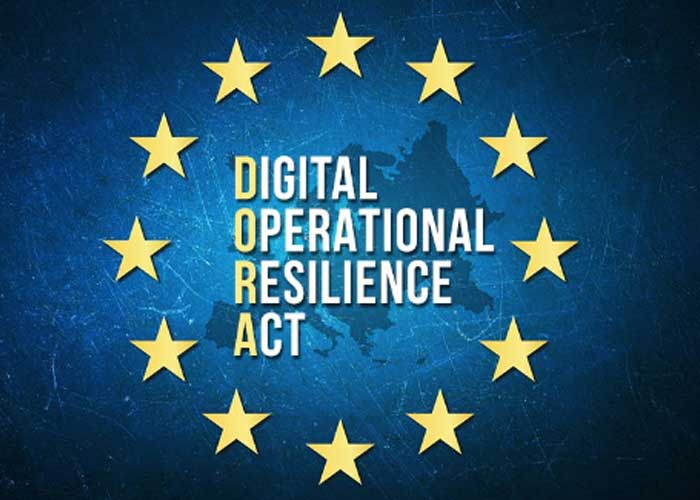The Digital Operational Resilience Act, or DORA, is a new European regulation designed to strengthen the digital resilience of the financial sector. As cybersecurity continues to grow in importance, questions often arise about how much vulnerability scanning can contribute to DORA compliance—and whether it’s enough.
What is DORA?
The Digital Operational Resilience Act (DORA) is an EU regulatory framework that aims to ensure the digital resilience of financial institutions. In short, DORA is focused on strengthening digital operations by setting standards for risk management, monitoring, and incident recovery. This is crucial as financial institutions become more reliant on technology, and consequently, more vulnerable to cyber threats.
Who does DORA apply to?
DORA applies to the entire financial sector. This means that banks, insurance companies, asset managers, and other financial institutions must comply with this new regulation. Moreover, DORA also extends to ICT service providers who offer services to these companies, recognizing their critical role in maintaining a secure cyber environment.
Who enforces DORA?
DORA is enforced by European supervisory authorities, including the European Banking Authority (EBA), the European Securities and Markets Authority (ESMA), and the European Insurance and Occupational Pensions Authority (EIOPA). These authorities oversee compliance and have the authority to impose sanctions on organizations that fail to meet the standards.
Steps towards DORA compliance
Achieving DORA compliance requires organizations to take several steps to secure and enhance the resilience of their digital operations:
- Risk assessment: Identify risks within your organization and with third-party suppliers. This is a critical step to understanding and prioritizing vulnerabilities.
- Policy development: Establish clear policies for risk and crisis management, making these policies integral to core processes.
- Cybersecurity measures: Implement appropriate technical and organizational security measures, such as incident management and recovery plans.
- Testing and exercises: Regularly conduct tests and exercises to ensure systems and processes remain compliant with DORA requirements.
- Monitoring and reporting: Maintain continuous risk monitoring and reporting to relevant authorities.
The limited role of vulnerability scanning in DORA compliance
Now that we know what DORA entails, the question arises: how does vulnerability scanning help with DORA compliance? Vulnerability scanning is a valuable tool for identifying weaknesses in systems and software. However, it’s essential to note that the contribution of vulnerability scanning to DORA compliance is limited. DORA focuses not only on technical controls but also emphasizes organizational and procedural aspects.
Why is the impact of vulnerability scanning limited? Simply put, DORA requires a comprehensive risk management process and an integrated approach that goes beyond just technical vulnerabilities. Full DORA compliance means having not only technical safeguards but also organizational structures, policies, and recovery strategies in place.
While vulnerability scanning can help identify and address technical vulnerabilities, it is only a part of the broader security framework that DORA demands. Additional processes and controls are necessary, covering risk management, incident recovery, and reporting requirements.
Learn more: trusted sources
To dive deeper into DORA, risk management, or technical security standards, explore these websites for detailed information:
- ISACA – Providing Standards for IT Auditing and Security offers guidelines and resources for IT auditing and security standards (https://www.isaca.org/).
- European Union – DORA Legislation provides the full legislative text and associated documentation (https://eur-lex.europa.eu).
In summary, vulnerability scanning is undoubtedly valuable, but only a small part of the larger DORA compliance picture. Consider adopting a holistic approach that includes both technical and organizational measures, and work with the right experts and partners to achieve full compliance.



